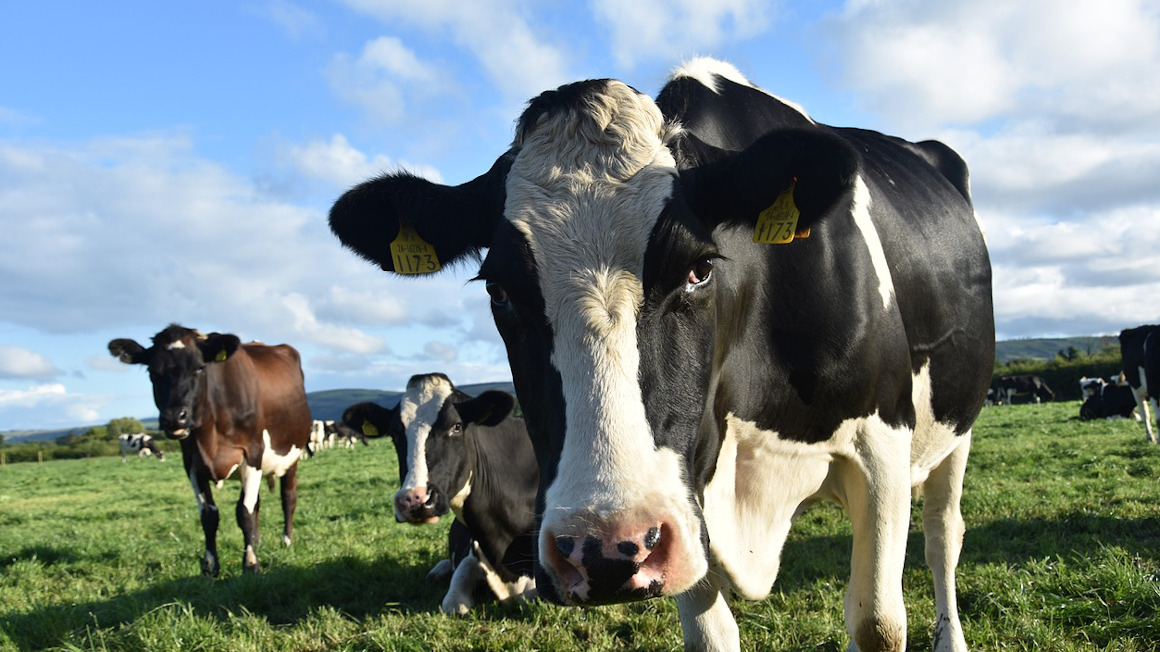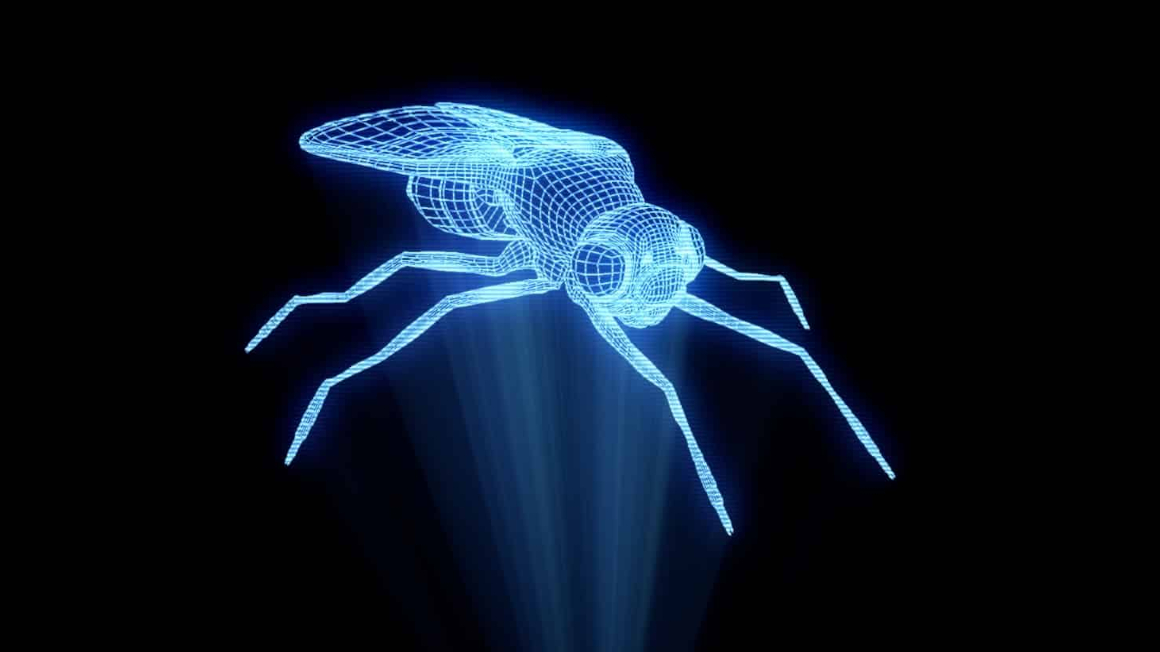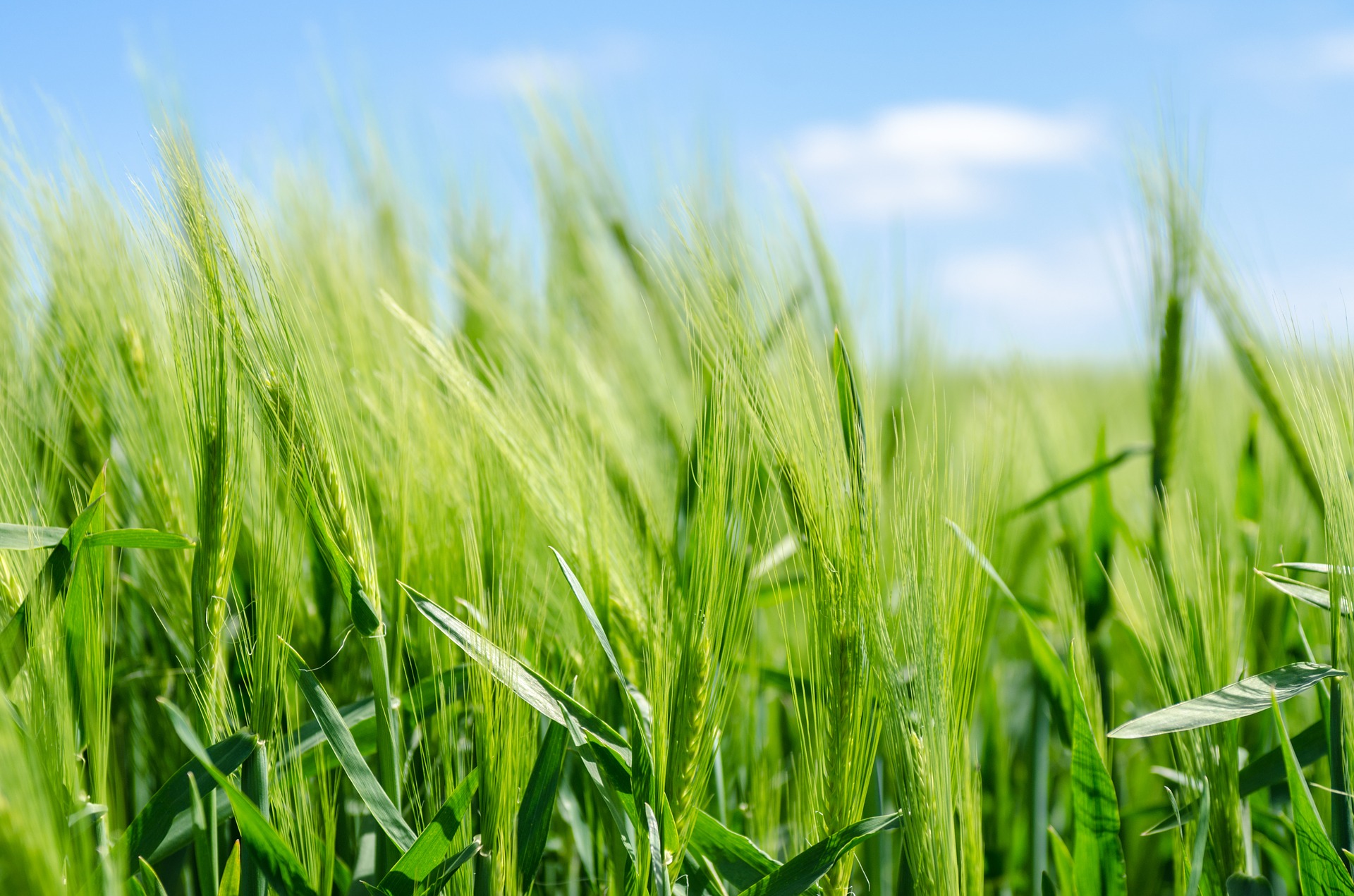
Methane is the second most important greenhouse gas after carbon dioxide (CO2). One gram of methane drives global warming many times more than the same amount of CO2. According to the Federal Environment Agency, agriculture is responsible for around two thirds of methane emissions in Germany. Cattle farming alone is responsible for more than half of the methane emissions produced here. In order to achieve its climate targets, the German government wants to reduce methane emissions by 30 % by 2030. Measures that curb methane emissions from cattle can make a decisive contribution to this. This is where the ClimateCow research project comes in.
Researchers at Ludwig-Maximilians-Universität München (LMU) are working on a new type of feed additive that aims to reduce climate-damaging methane emissions from livestock farming. The project was funded by the Federal Ministry of Education and Research (BMBF) with 78,000 euros in the exploratory phase from October 2022 to September 2023 as part of the "New Products for the Bioeconomy" ideas competition.
Reducing methane production in the cattle rumen
The aim of the project team is to develop a new type of feed additive from various active ingredients that reduces methane production where it is produced: in the cattle's forestomach, in the rumen. "Methane is produced in the rumen by microbes. These are mostly archaea, primordial cells that colonise the cattle stomach in large numbers and have the ability to synthesise methane from the degradation products of complex plant carbohydrates," explains project leader Benedikt Sabass from LMU.
Effective and favourable feed additive
According to Sabass, key enzymes that synthesise methane in the bovine rumen are known. "There are already several approaches in various stages of development. But there is still no agent that is highly effective and at the same time not expensive. We are therefore focussing on developing a feed additive that is effective and can also be produced cheaply and in large quantities," says Sabass. According to Sabass, this economic component should provide an incentive for the innovation to be accepted later on.
Reduce methane production, increase digestion efficiency
The researchers' aim: The additives should not only significantly curb methane production in the cattle rumen, but also simultaneously increase digestive efficiency so that the animals have to consume less feed for the same performance. "So far, there is no economically viable feed additive that inhibits more than 50 % of methanogenesis and improves metabolic performance at the same time. But that is precisely our goal."
However, there is still a long way to go. The LMU researchers are still largely conducting basic research – at an interdisciplinary level. Several LMU departments are therefore involved in the project. "The special thing about our approach is that we are networked from biophysics and biology to pharmaceutical chemistry and veterinary medicine," says Sabass.
During the one-year exploratory phase, the researchers initially tested known additives such as special red algae, as well as new candidates, in bioreactors. According to Sabass, active substances were utilised that "bind precisely to the corresponding molecules". "These substances have the advantage that they only need to be fed in small quantities and that they are well tolerated. The metabolic effect is therefore also considerable – in both fattening and dairy cattle," explains the project manager.
Successful tests in "real bovine rumen" without animal
The tests were carried out on real cattle rumen, but away from the animals. Glass flasks filled with rumen fluid served as bioreactors, which were placed in a heat bath and regularly supplied with nutrients in a hermetically sealed, controlled atmosphere. "Using this rumen simulation, we were able to use gene sequencing to determine which microorganisms grow stronger or weaker and what influence the additives have. Using infrared spectroscopy, we were able to measure which gases were released and whether methane production was increasing or decreasing."
Several candidates for feed additives found
The results of the extensive in-vitro tests are promising. According to Sabass, "several candidates for feed additives have been found" that not only significantly reduce methane emissions, but are also compatible and "work equally well for fattening and dairy cattle". "We know that we can achieve a significantly better inhibition of methane production in vitro than the known additives, which are around 30 %. We are well above that. Our target is 80 %. But we don't yet know whether we can achieve this in animals."
Research continues in feasibility phase
Which new feed additives were used in the tests and ultimately led to the aforementioned results remains a secret for the time being. Because the research will continue. The three-year feasibility phase has just started and is being funded by the BMBF with a further 683,000 euros. The aim now is to further develop the substances and improve their efficacy and tolerability so that the requirements for successful use in animal husbandry are met. "A residue analysis is also planned to show that the additives are quickly broken down in cattle and of course do not impair the quality of products such as milk," explains Sabass.
Autorin: Beatrix Boldt


